Features
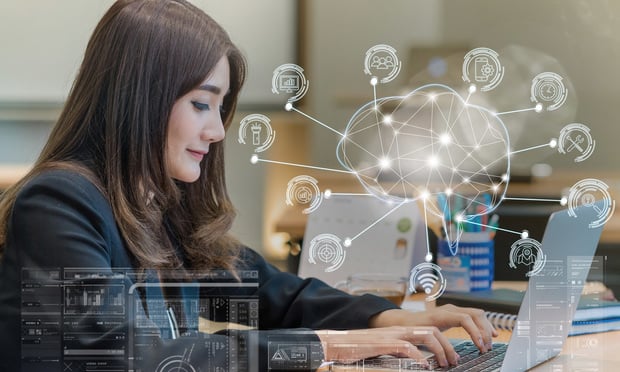
Beyond Language: How Multimodal AI Sees the Bigger Picture
The possibilities for patenting innovative applications of multimodal models across industries are endless.
Features
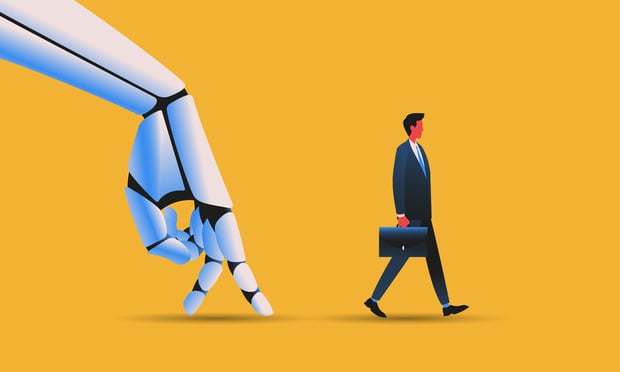
Protecting Technology-Assisted Works and Inventions: Where Does AI Begin?
Just like any new technology, efforts to protect and enforce intellectual property on AI-based technologies are likely to be hampered by a lack of both a unified governing framework and a common understanding of the technology.
Features
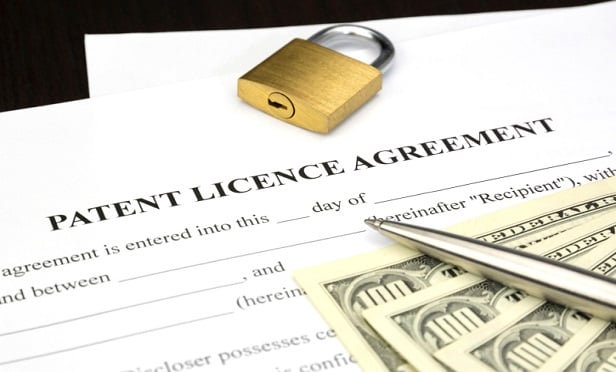
Content-Licensing Payment Dispute Turns On Existence of Fiduciary Relationship
A recent New York federal court decision in a dispute between a broker that sublicenses program content and a broadcaster that sublicensed content from the broker considered the interaction of contract language and extra-contractual elements of the parties' relationship to determine whether a fiduciary relationship existed.
Features

Federal Judge Blasts Patent Trolls
A recent order from Chief Judge Colm Connolly in the U.S. District Court for the District of Delaware may serve as a warning for "patent trolls" — the derogatory term used to describe companies whose sole function is to acquire and then assert patents, often in cases that are questionable on the merits — against filing cases in Delaware going forward.
Columns & Departments

IP News
Federal Circuit: ITC Did Not Err In Finding Violation of Section 337 Federal Circuit: PTAB Did Not Err In Claim Construction and Finding Certain Claims Obvious
Features

Protecting Technology-Assisted Works and Inventions: Where Does Smart Technology End and AI Begin?
At what point does a "smart" computing system, or advanced software program, qualify as AI in the eyes of pertinent regulatory or judicial authorities? When is an individual considered to have merely deployed an AI-based computing tool to assist with creating a work of art or conceiving of a technological innovation? Each of these questions is explored in this article, giving consideration to currently prevailing guidelines from administrative bodies and the courts.
Features
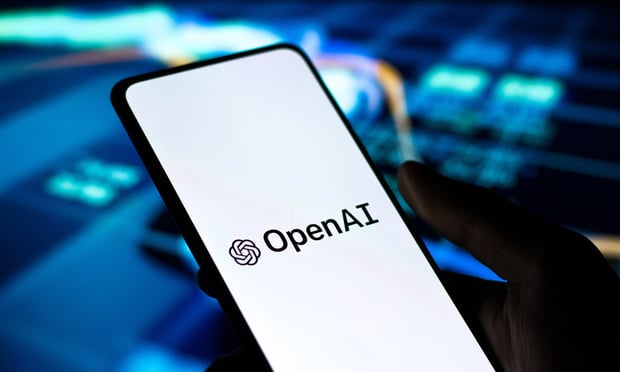
All the News That's Fit to Pinch
The emerging cases by authors and copyright owners challenging various generative AI programs for using copyrighted materials are certain to create new troubles for the courts being asked to apply the fair use doctrine to this important new technology.
Features

Recent Patent Trial and Appeal Board Approaches to Patent Claims on Medical Technology Implementing AI
Each decision involves reversal of a prior art rejection and contrasts with the other decisions on subject matter eligibility, revealing different PTAB approaches and results that can inform prosecution and appeal strategies.
Features
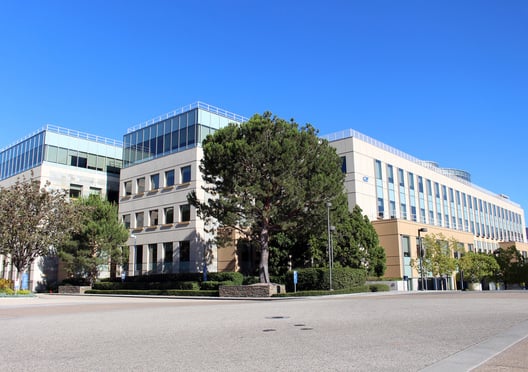
Treatment of Antibody Claims In the U.S. After 'Amgen v. Sanofi'
The future of antibody claiming in the United States is uncertain following the U.S. Supreme Court's May 2023 ruling in Amgen Inc. v. Sanofi, a highly anticipated decision concerning enablement and whether the traditional way to claim antibodies — claiming antibodies by their function — will survive as a valid claiming strategy.
Features
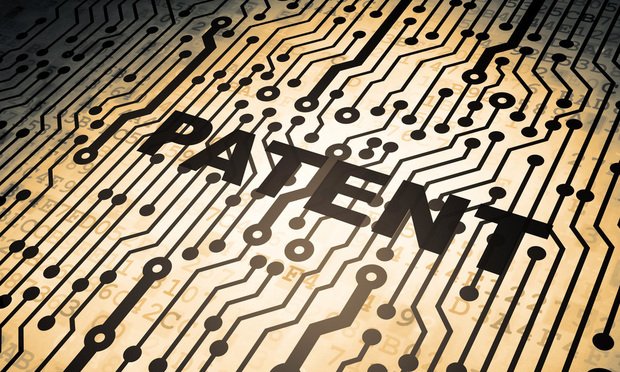
Can Artificial Intelligence Patents Overcome §112 Requirements?, Part 2
Part Two of a Two-Part article While the last decade has seen a dramatic increase in the number of AI patents, such patents face difficulty in overcoming the patent-eligibility challenges under §101 and Alice. Section 101, however, is not the only hurdles AI patents must overcome. Section 112, with its written description, enablement, and definiteness requirements, presents additional obstacles.
Need Help?
- Prefer an IP authenticated environment? Request a transition or call 800-756-8993.
- Need other assistance? email Customer Service or call 1-877-256-2472.
MOST POPULAR STORIES
- "Holy Fair Use, Batman": Copyright, Fair Use and the Dark KnightThe copyright for the original versions of Winnie the Pooh and Mickey Mouse have expired. Now, members of the public can create — and are busy creating — their own works based on these beloved characters. Suppose, though, we want to tell stories using Batman for which the copyright does not expire until 2035. We'll review five hypothetical works inspired by the original Batman comic and analyze them under fair use.Read More ›
- Major Differences In UK, U.S. Copyright LawsThis article highlights how copyright law in the United Kingdom differs from U.S. copyright law, and points out differences that may be crucial to entertainment and media businesses familiar with U.S law that are interested in operating in the United Kingdom or under UK law. The article also briefly addresses contrasts in UK and U.S. trademark law.Read More ›
- Removing Restrictive Covenants In New YorkIn Rockwell v. Despart, the New York Supreme Court, Third Department, recently revisited a recurring question: When may a landowner seek judicial removal of a covenant restricting use of her land?Read More ›
- The Stranger to the Deed RuleIn 1987, a unanimous Court of Appeals reaffirmed the vitality of the "stranger to the deed" rule, which holds that if a grantor executes a deed to a grantee purporting to create an easement in a third party, the easement is invalid. Daniello v. Wagner, decided by the Second Department on November 29th, makes it clear that not all grantors (or their lawyers) have received the Court of Appeals' message, suggesting that the rule needs re-examination.Read More ›
- Warehouse Liability: Know Before You Stow!As consumers continue to shift purchasing and consumption habits in the aftermath of the pandemic, manufacturers are increasingly reliant on third-party logistics and warehousing to ensure their products timely reach the market.Read More ›
